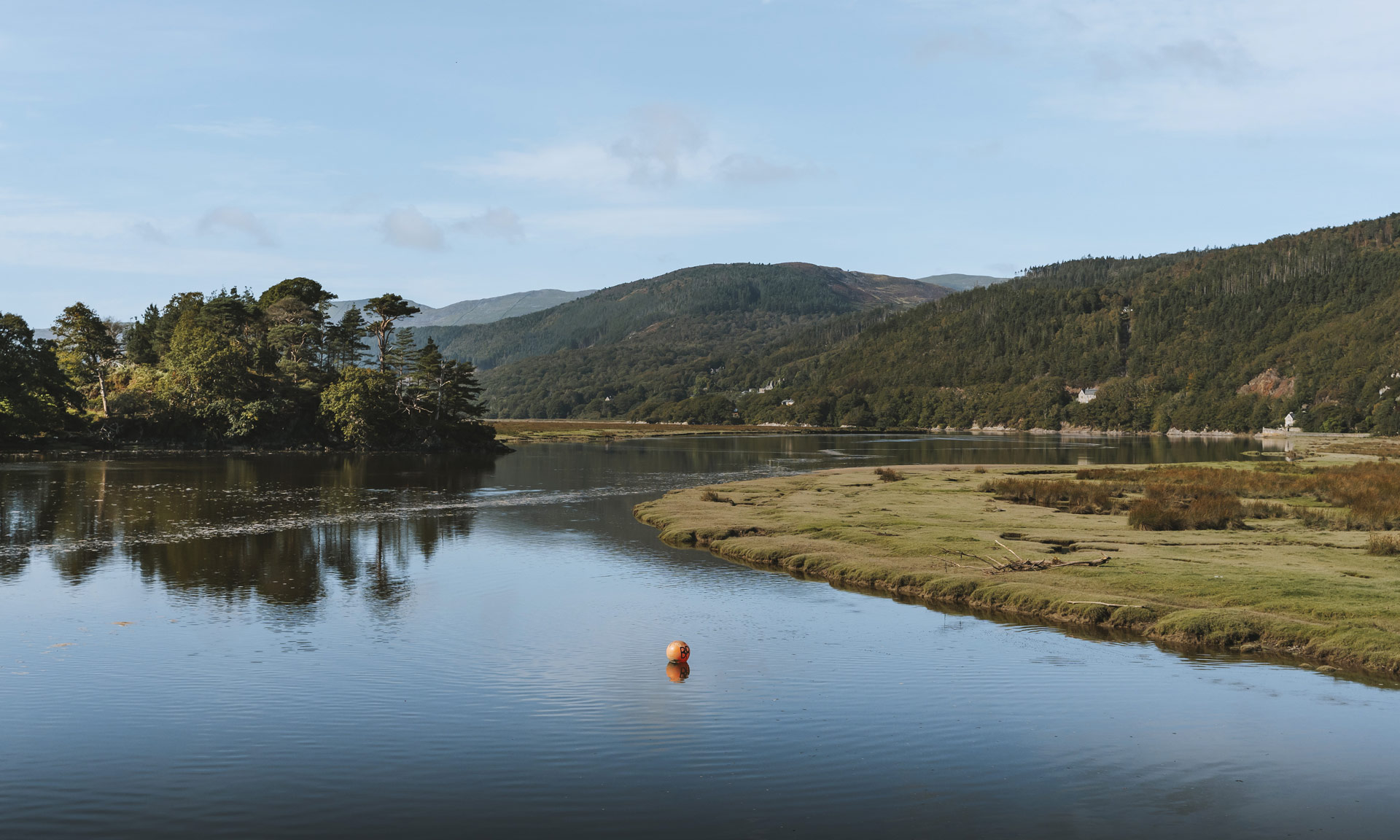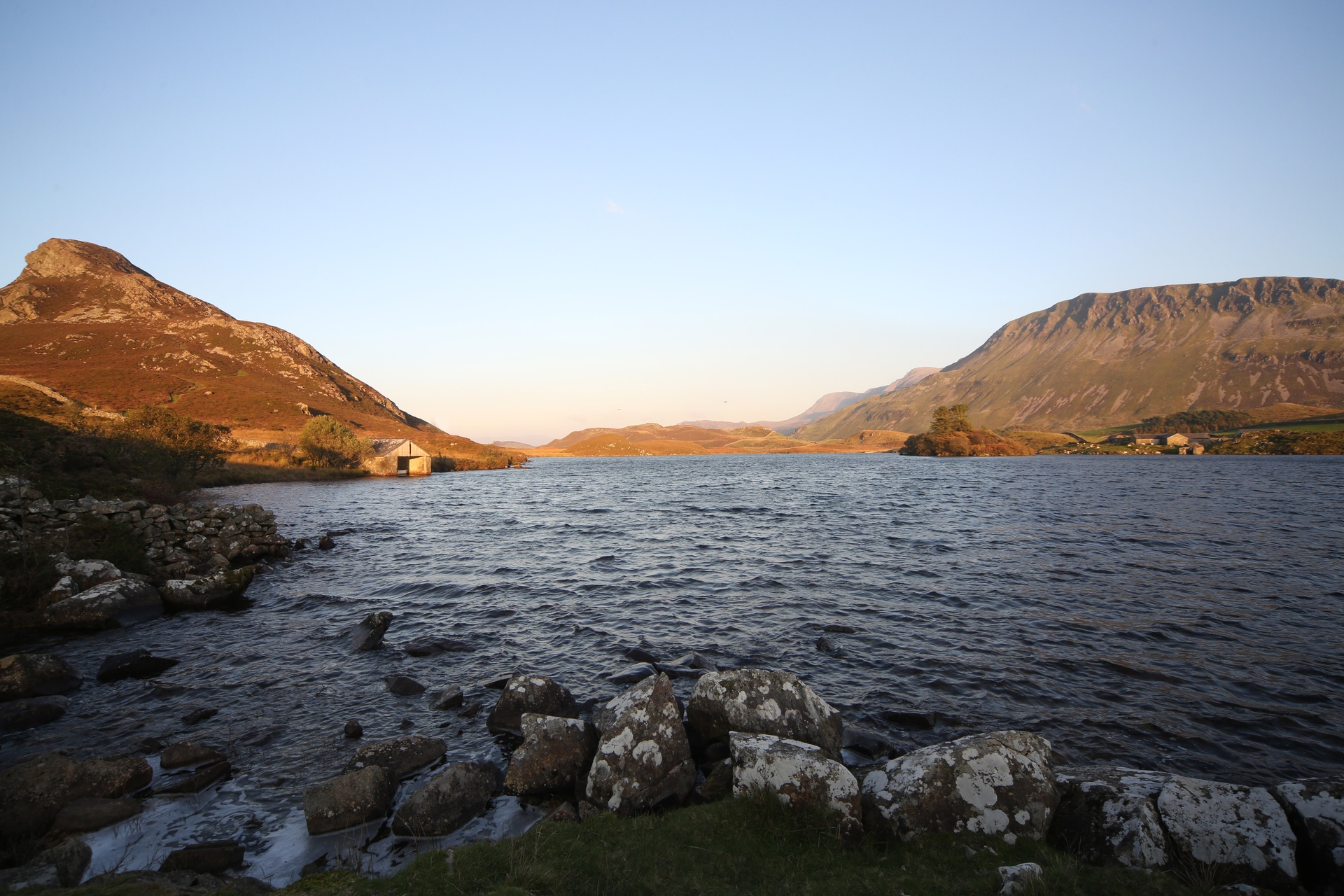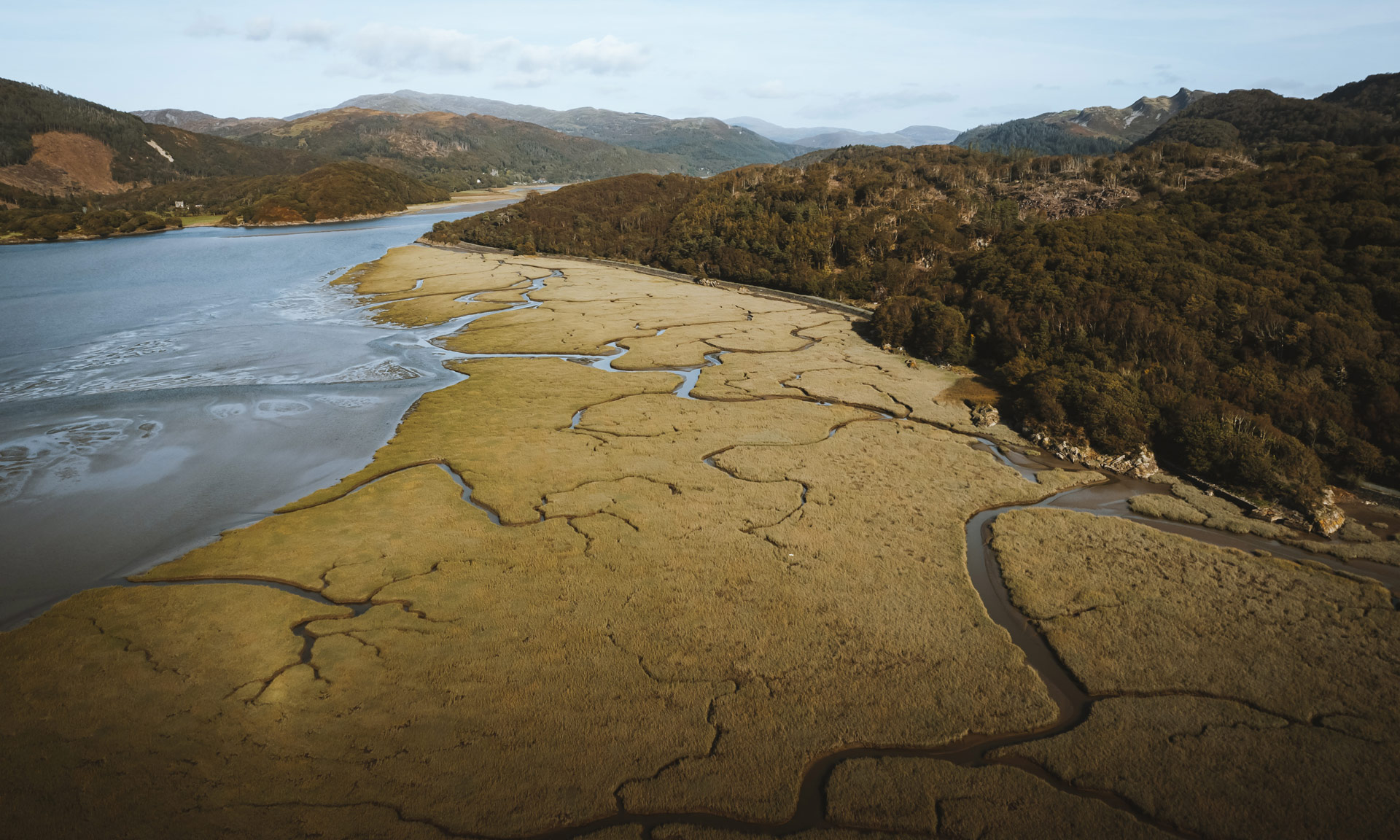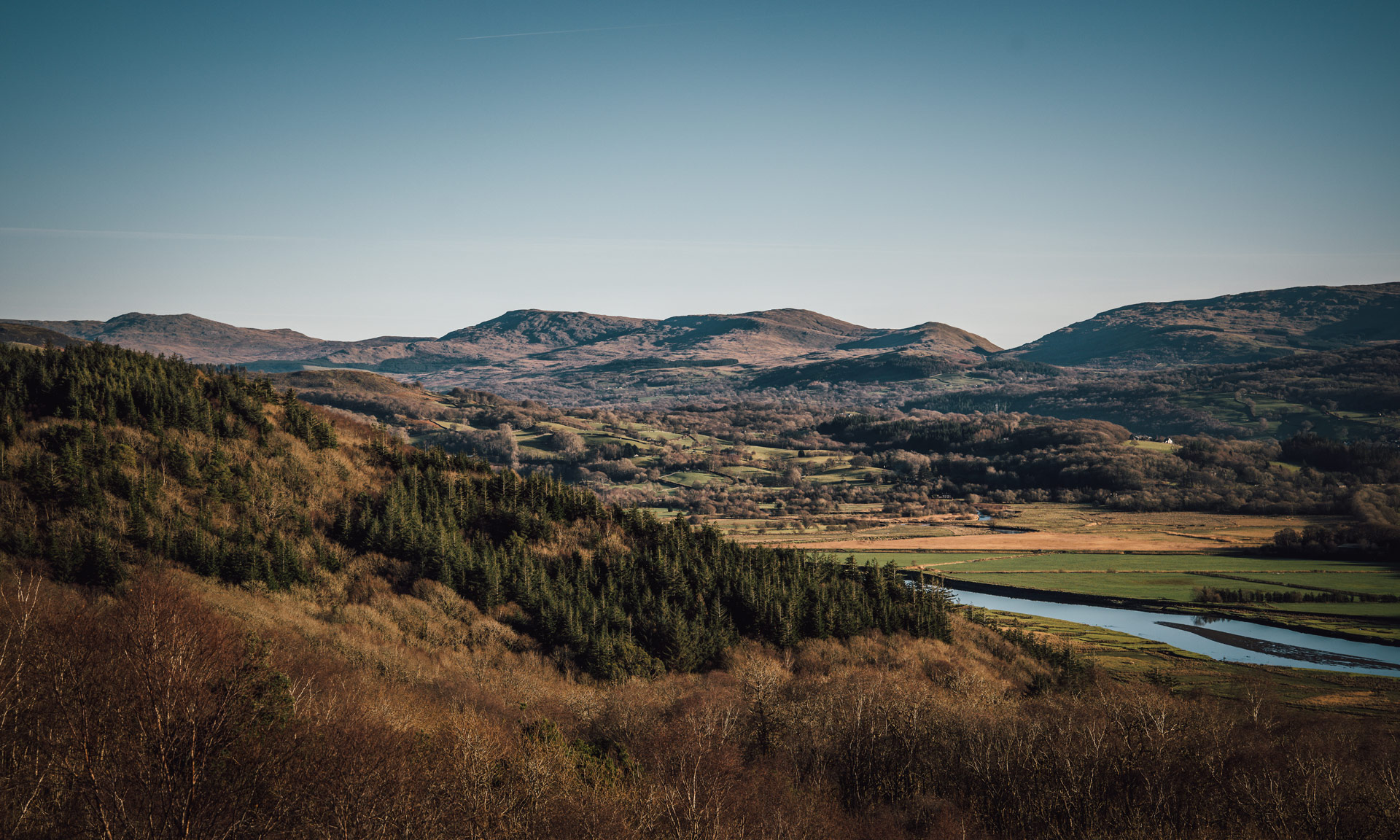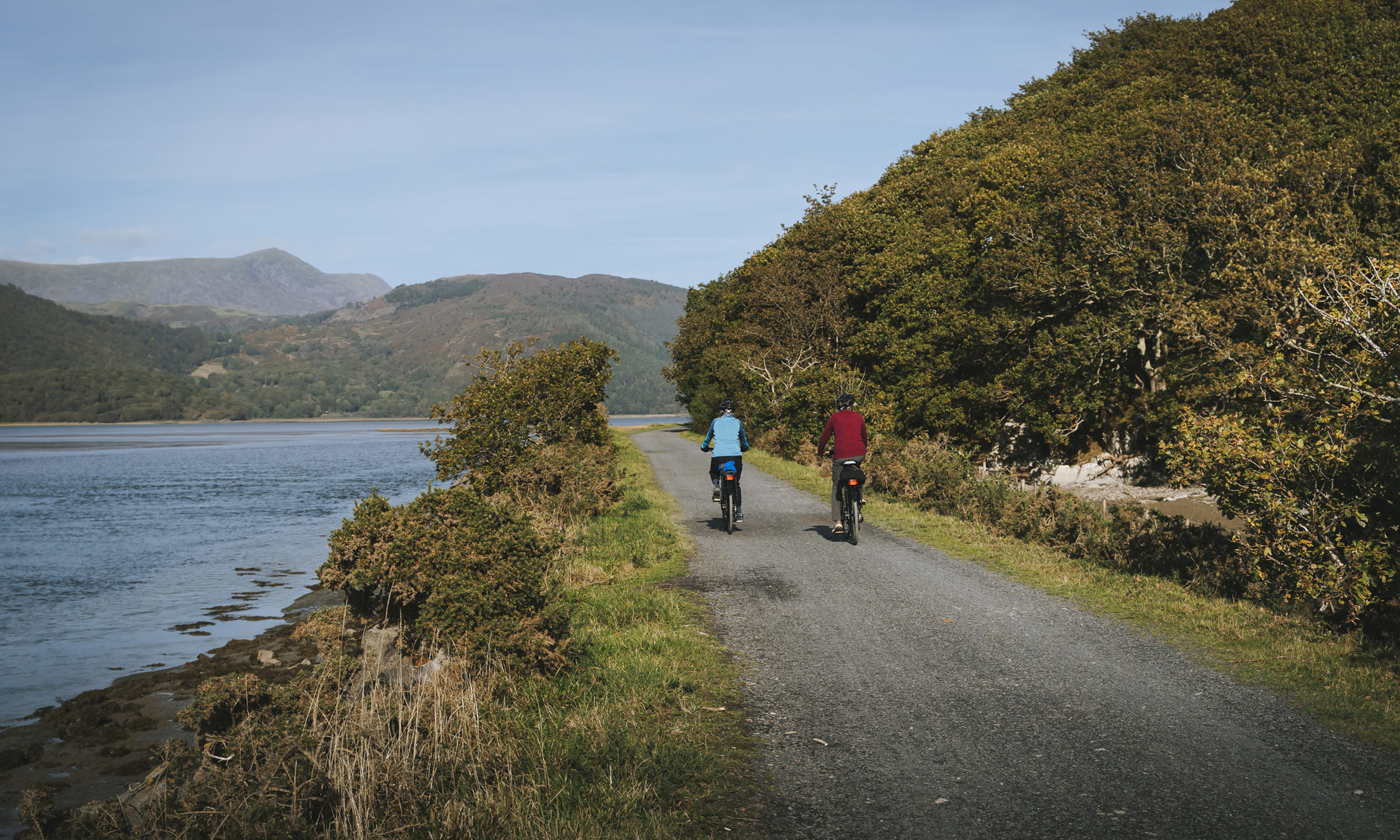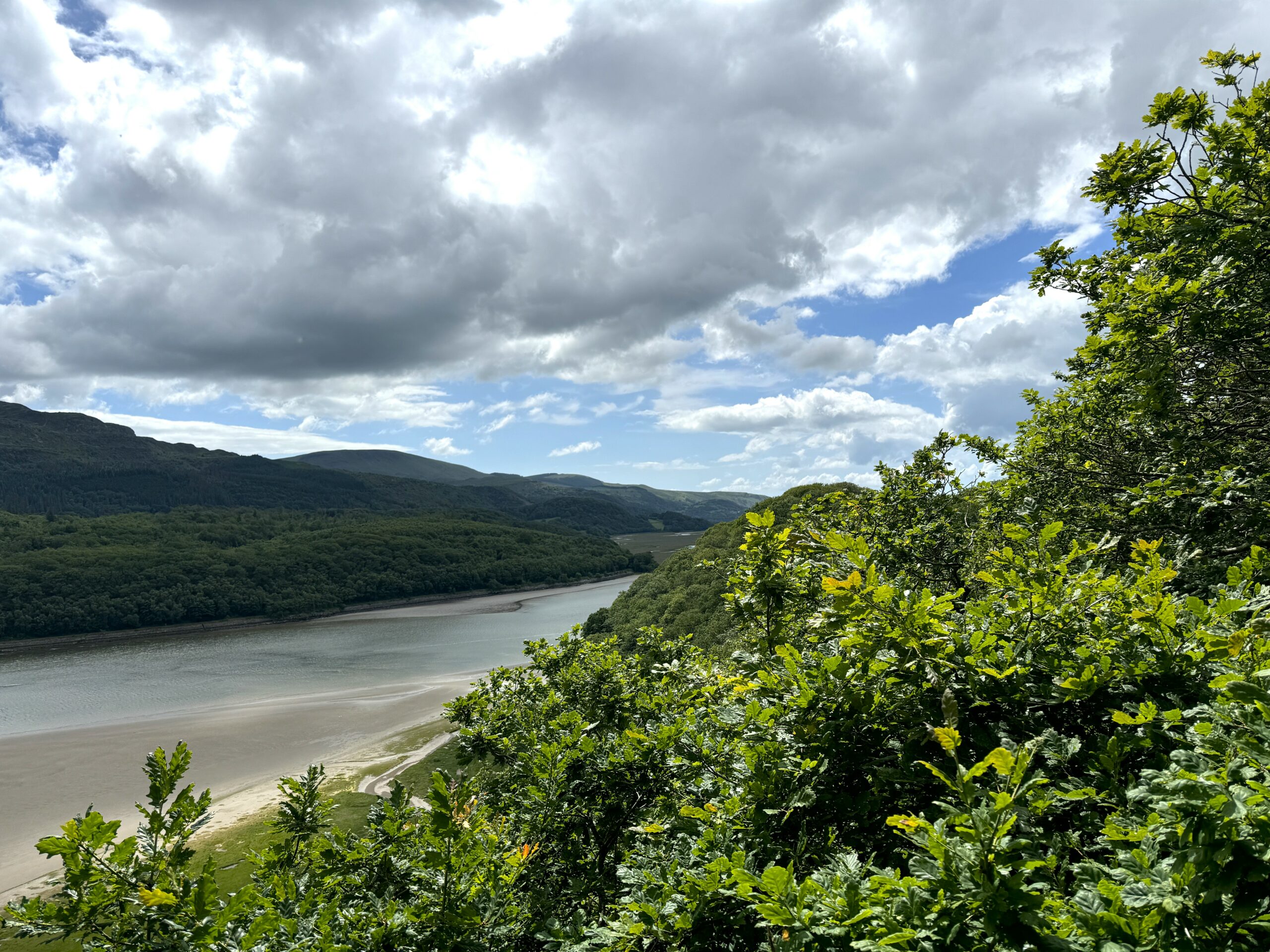Arthog is a small community situated on the hills of the Mawddach’s southern shore. The Mawddach is one of the National Park’s most remarkable areas—a vast and sandy estuary stretching from Dolgellau to Barmouth.
This route’s variety of landscapes and habitats is its defining feature. Ancient broadleaved woodlands such as Abergwynant can only be found in areas close to the sea and are home to an unique variety of species. The serene hilltop lakes of Cregennan are some of the most peaceful lakes in the National Park and the remarkable Mawddach Estuary is one of the must-visit areas of Eryri.
Arthog is the perfect route if you’re looking for a moderate hike through varied landscape.
© Crown copyright and database rights OS AC0000825604. Use of this data is subject to terms and conditions.
The National Park Authority has categorised this route as a moderate route. It is suitable for people with some countryside walking experience and a reasonable level of fitness. The terrain will include some steep or unsurfaced paths in the open countryside. Walking boots and waterproof layers are essential.
Start/Finish
Arthog Car Park near Mawddach Trail
Relevant OS Map
OS Explorer OL23 (Cader Idris and Llyn Tegid)
Always park in designated parking places and never in areas where you block entrances to fields or residential areas.
Arthog Car Park near Mawddach Trail
Stay safe and help protect the countryside by reading the information about safety and following the Countryside Code.
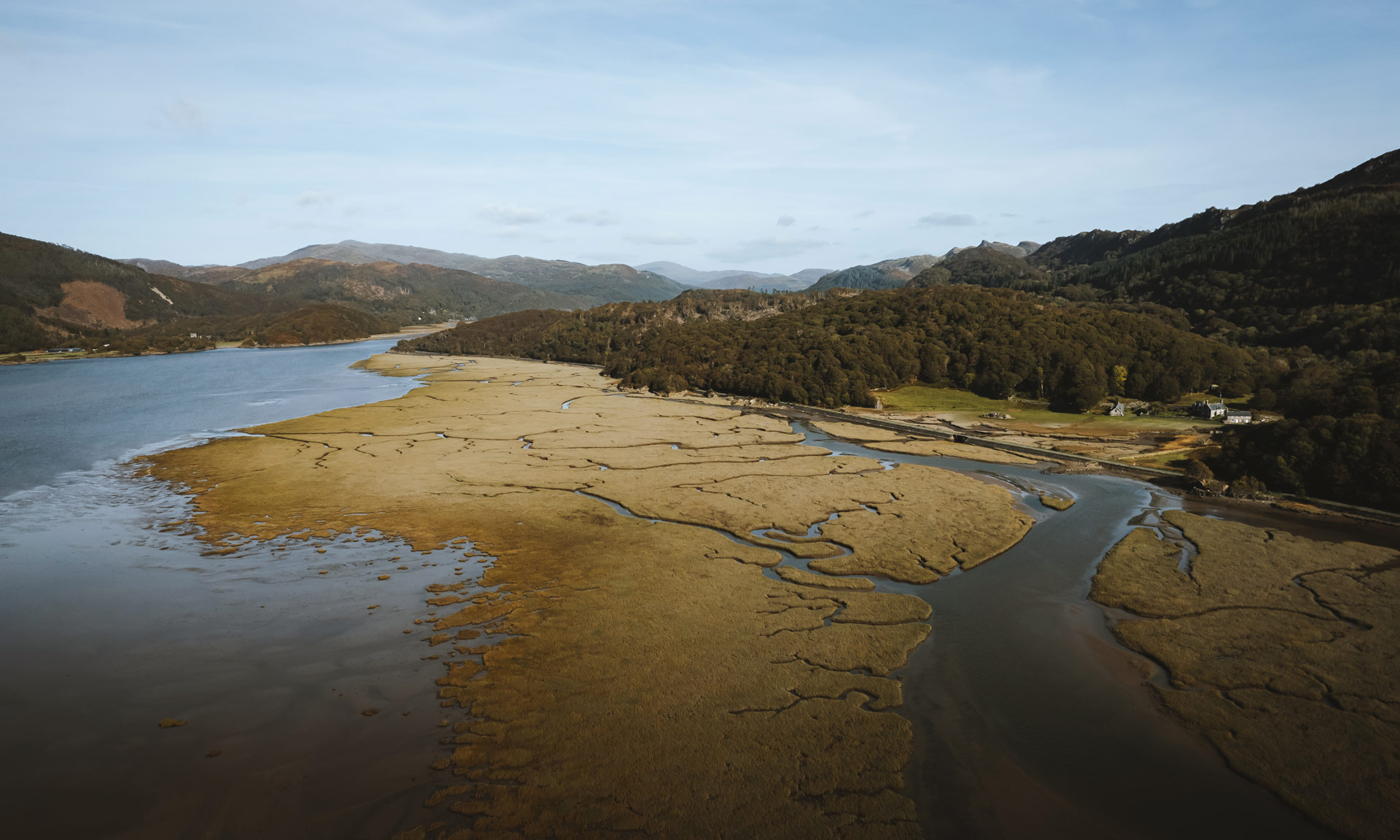
Towards the start of the route, you will cross a clapper bridge. Thousands of years ago, this would be the home of Llys Bradwen (Bradwen’s Court). This ancient court was once the residence and courtroom of Ednywain ab Bradwen, a 12th century leader of one of the Fifteen Tribes of Gwynedd during the reign of Prince Gruffydd ab Cynan.
The court was built of earth and stone, and comprised of two sections – one for living quarters and the other for legal proceedings. Two large boulders marked the entrance of the court, but they were unfortunately destroyed in the latter half of the 19th century. According to local folklore, the old preacher Lewis Morris used to lean on one of these boulders while preaching the gospel to the local people in 1806.
The name ‘Cregennan’ (sometimes referred to as ‘Cregennen’) derives from the Welsh ‘crog-gangen’ meaning ‘hanging branch’. The name reflects the unfortunate history of the area where during the 12th century, convicted criminals at Llys Bradwen were executed by hanging from the branch of a large oak tree.
Today, Cregennan Lakes are serene and peaceful lakes owned by the National Trust and are a popular spot for trout fishing.
As you gaze out over the tranquil waters of the lakes, you may catch a glimpse of the magnificent Cader Idris in the distance. According to legend, Cader Idris was named after a giant named Idris, who lived on the mountain. Another well-known legend surrounding the mountain is that anyone who spends a night on Cader Idris will wake up either a madman or a poet.
Abergwynant Woods was originally a native oak woodland, but sadly, around 80% of the mature trees were cleared during the 1960s. The aim was to replace them with evergreen conifers, which ultimately led to the deterioration of the woodland’s condition. By the 1990s, Abergwynant Woods was under threat from infestation by Rhododendron ponticum, an invasive shrub that spreads rapidly—shading out native plants.
In 1996, the National Park Authority purchased a substantial area of the woodland with grant aid from the Lottery Heritage Fund. Since then, the Park Authority has been working to restore the woodland to its former glory by felling the conifers, planting native oak and birch trees and controlling the spread of Rhododendron ponticum.
